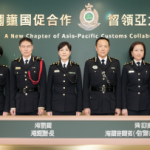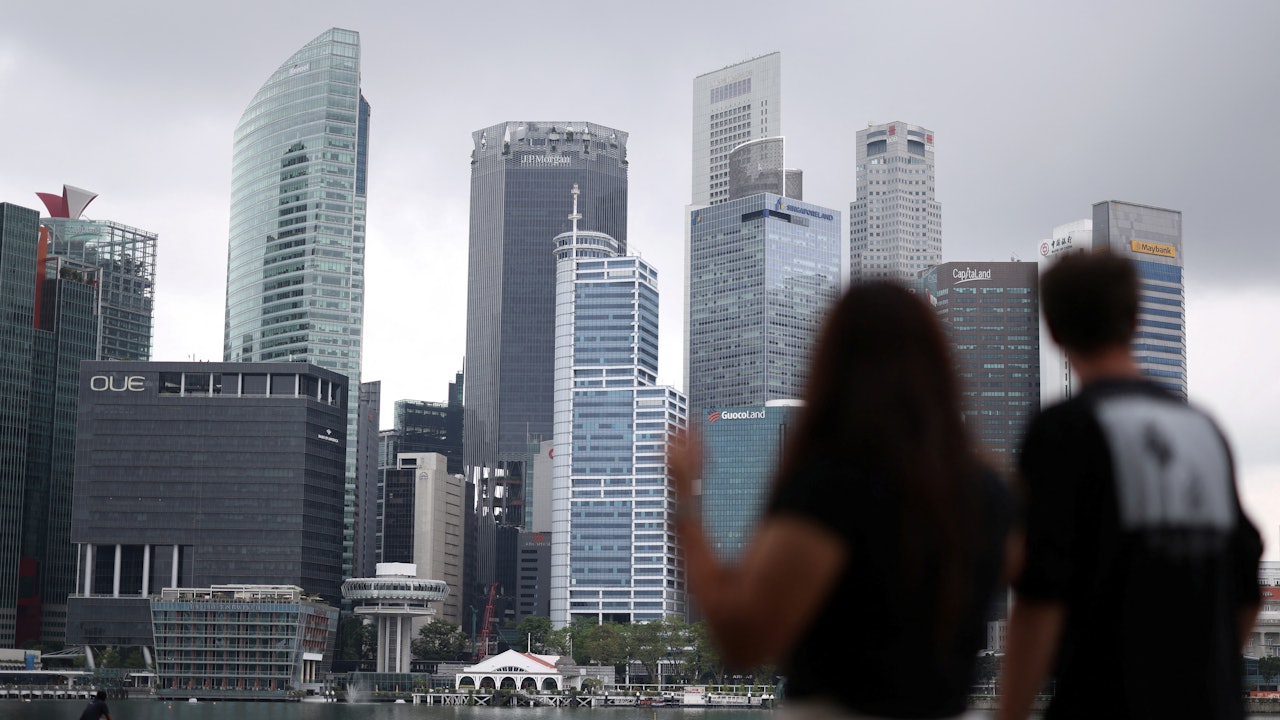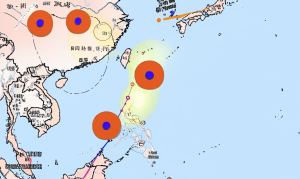新加坡政府 recently announced a new round of consumption vouchers to alleviate the living pressure of its citizens. This initiative is part of the government’s efforts to support families amid rising inflation and economic uncertainties. The vouchers, worth 800 Singapore dollars (approximately 4,635 Hong Kong dollars) in total, will be distributed in two installments: 500 Singapore dollars in May and the remaining amount in January 2026. This measure is expected to benefit about 1.3 million households, reflecting the government’s commitment to improving the quality of life for its citizens.
The Distribution and Usage of Consumption Vouchers
The consumption vouchers are designed to be flexible and versatile, allowing families to use them in various settings. Half of the vouchers, amounting to 400 Singapore dollars, can be used in supermarkets, while the other half can be spent at neighborhood stores and hawker centers. This distribution method aims to encourage spending in local businesses, thereby boosting the economy and supporting small-scale vendors. The vouchers are also expected to help families save on essential goods and services, providing much-needed relief during tough economic times.
Targeted Support for Vulnerable Groups
In addition to the consumption vouchers, the government has introduced targeted measures to assist low-income families and senior citizens. Eligible Housing and Development Board (HDB) residents will receive additional rebates on utilities such as water and electricity, further reducing their monthly expenses. These measures are part of a comprehensive package aimed at ensuring that no one is left behind in Singapore’s economic growth. By addressing the specific needs of different groups, the government is demonstrating its commitment to inclusivity and social equity.
Economic Implications and Future Outlook
The announcement of the consumption vouchers has been met with widespread approval, as it reflects the government’s proactive approach to addressing the challenges faced by its citizens. By injecting money into the economy through vouchers, the government is not only alleviating financial pressures but also stimulating consumer spending, which is crucial for sustaining economic growth. Furthermore, the focus on local businesses and small vendors aligns with Singapore’s long-term goal of fostering a resilient and inclusive economy.
In conclusion, Singapore’s latest initiative to distribute consumption vouchers is a significant step toward improving the lives of its citizens. By providing targeted support and promoting local economic activities, the government is setting a positive example of how proactive policies can address pressing social and economic challenges. As the country continues to navigate the complexities of the global economy, such measures will undoubtedly play a vital role in maintaining stability and prosperity for all Singaporeans.











